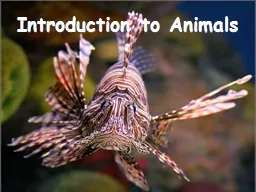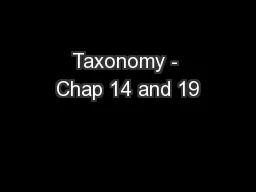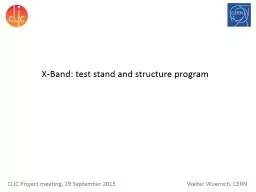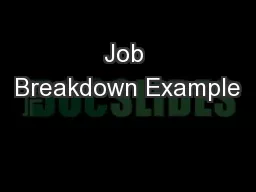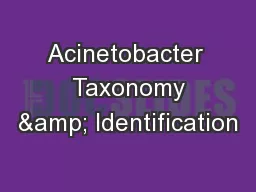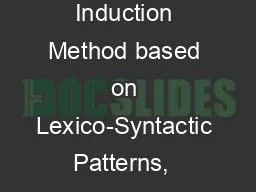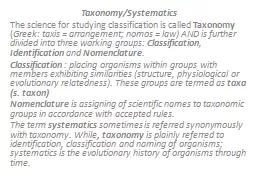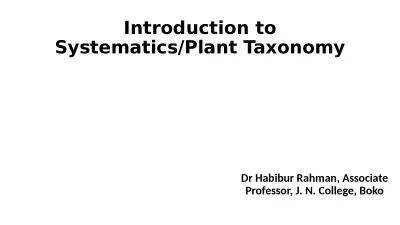PPT-Introduction to Animals Taxonomy Breakdown
Author : karlyn-bohler | Published Date : 2019-02-08
Three Domains Six Kingdoms Characteristics of Animals All multicellular metazoans Eukaryotes cells with nucleus amp organelles Ingestive heterotrophs take in
Presentation Embed Code
Download Presentation
Download Presentation The PPT/PDF document "Introduction to Animals Taxonomy Breakdo..." is the property of its rightful owner. Permission is granted to download and print the materials on this website for personal, non-commercial use only, and to display it on your personal computer provided you do not modify the materials and that you retain all copyright notices contained in the materials. By downloading content from our website, you accept the terms of this agreement.
Introduction to Animals Taxonomy Breakdown: Transcript
Download Rules Of Document
"Introduction to Animals Taxonomy Breakdown"The content belongs to its owner. You may download and print it for personal use, without modification, and keep all copyright notices. By downloading, you agree to these terms.
Related Documents

